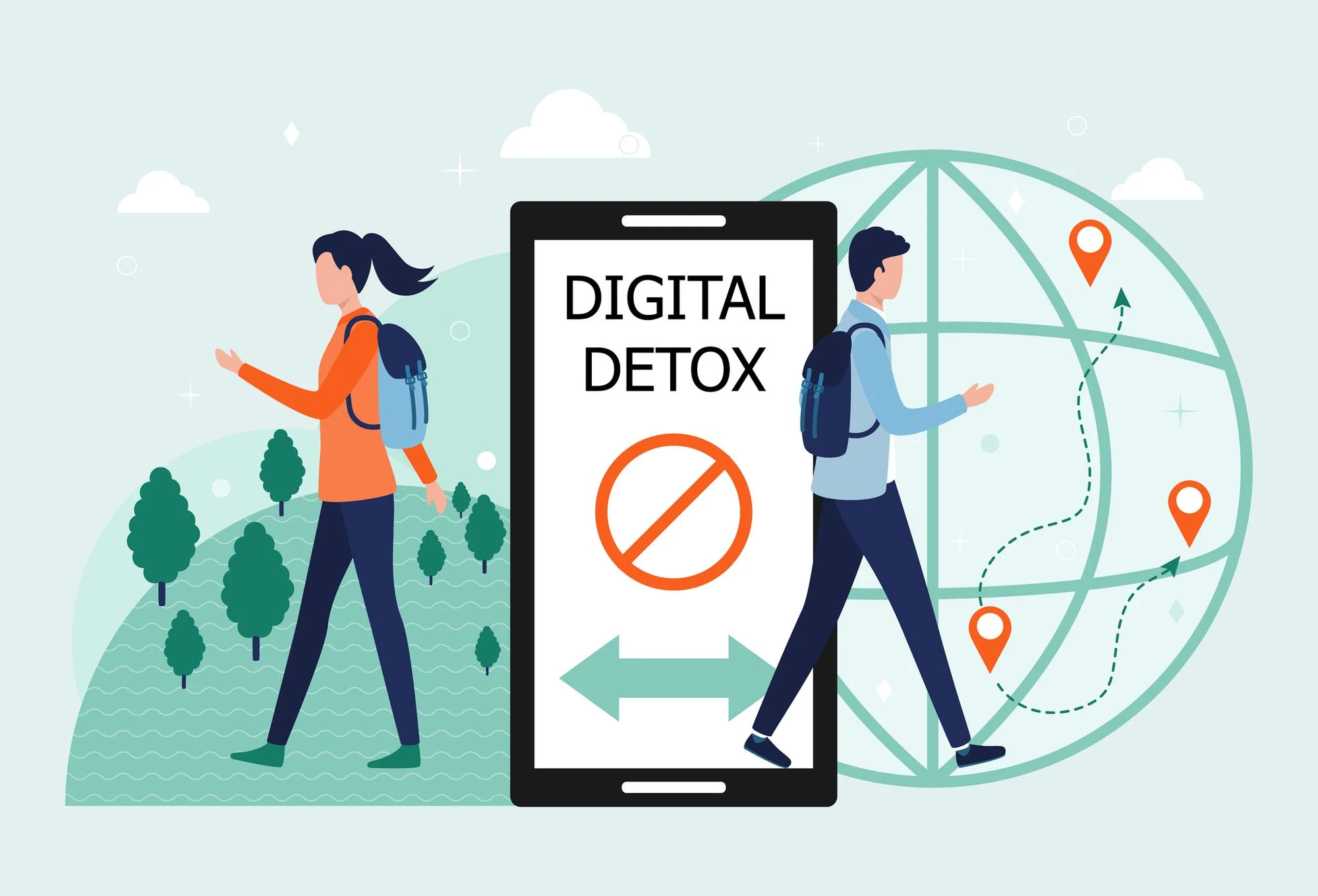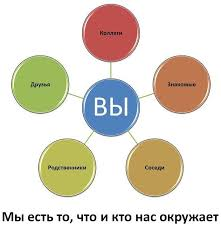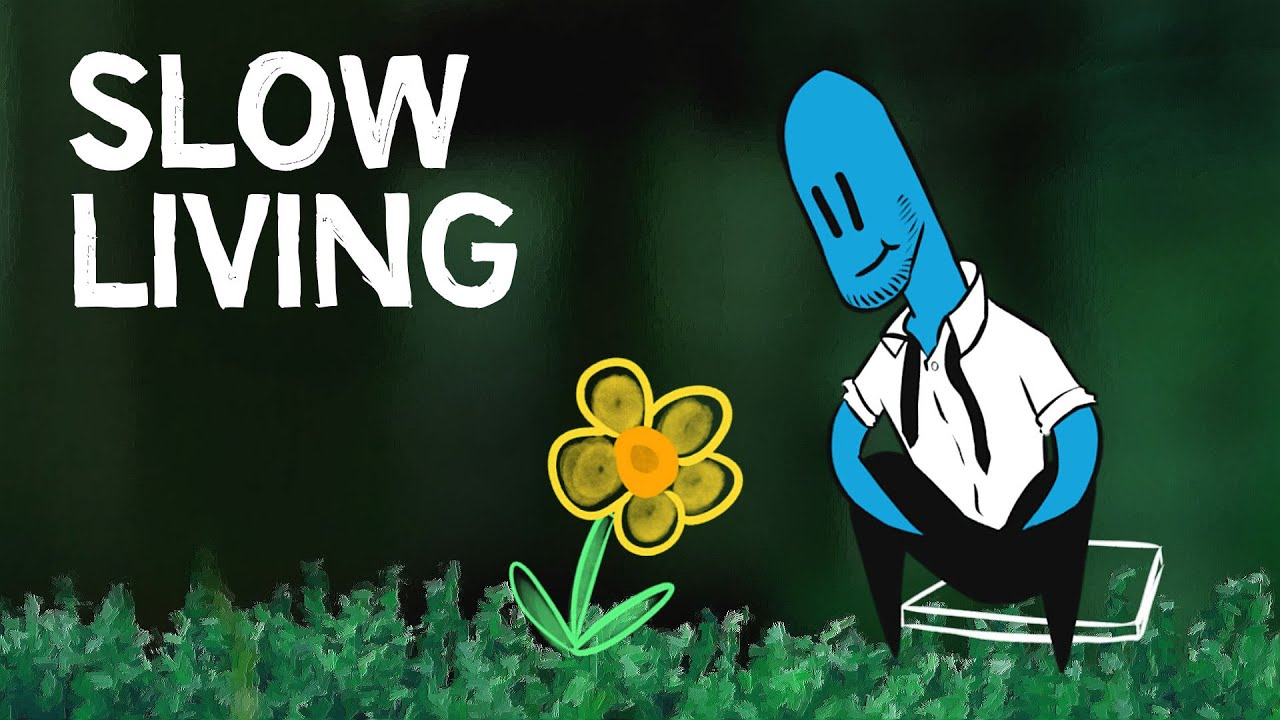Understanding the Need for a Digital Detox
The pervasive nature of technology in modern life has brought many benefits, but it also presents significant challenges. Excessive screen time has been linked to various issues, including eye strain, sleep disturbances, anxiety, depression, and decreased attention spans. Constant notifications, social media comparisons, and the pressure to stay connected can contribute to feelings of stress and overwhelm. A digital detox offers an opportunity to disconnect from these stressors, recharge, and reconnect with ourselves and the physical world around us. The goal isn't necessarily to eliminate technology entirely, but rather to establish a healthier relationship with it.
Evaluating Your Digital Habits
Before embarking on a digital detox, it's essential to understand your current digital habits. This involves tracking your screen time, identifying your most frequently used apps, and recognizing the triggers that lead you to overuse technology. Many smartphones and tablets have built-in features that allow you to monitor your screen time and app usage. Alternatively, you can use third-party apps like Freedom or Offtime to gain insights into your digital habits.
Ask yourself the following questions:
- How many hours per day do I spend on my phone or computer?
- Which apps do I use most frequently?
- What triggers me to check my phone or social media? (e.g., boredom, stress, notifications)
- Do I feel anxious or stressed when I'm away from my devices?
- Does my technology use interfere with my sleep, work, or relationships?
Types of Digital Detox
Digital detoxes can range from short-term breaks to more extended periods of disconnection. The best type of detox for you will depend on your individual needs and circumstances. Here are some common types:
- Mini Detox: A short break from technology, such as an hour or two each day, or a tech-free evening.
- Weekend Detox: Disconnecting from digital devices for an entire weekend, focusing on offline activities.
- Vacation Detox: Leaving your devices at home or using them minimally during a vacation, immersing yourself in the experience.
- Complete Detox: A more drastic approach that involves abstaining from all digital devices for a set period, such as a week or a month.
Practical Guidance: Implementing a Digital Detox
Successfully implementing a digital detox requires careful planning and preparation. Here are some practical steps to help you get started:
- Set Realistic Goals: Start with small, achievable goals and gradually increase the duration and intensity of your detox. Don't try to go cold turkey if you're heavily reliant on technology.
- Identify Your Triggers: Determine what situations or emotions trigger your technology use and develop strategies for managing them. For example, if you tend to reach for your phone when you're bored, try keeping a book or puzzle nearby instead.
- Communicate Your Intentions: Let your friends, family, and colleagues know that you'll be unavailable during your detox period. This will help them understand why you're not responding to messages or emails immediately.
- Prepare for Boredom: Boredom can be a significant challenge during a digital detox. Plan alternative activities to keep yourself entertained and engaged, such as reading, hiking, spending time with loved ones, or pursuing hobbies.
- Create Tech-Free Zones: Designate specific areas in your home or workplace as tech-free zones. This could be the bedroom, dining room, or any other space where you want to disconnect from technology.
- Turn Off Notifications: Disable notifications on your phone and computer to minimize distractions. This will help you stay focused on the task at hand and reduce the urge to constantly check your devices.
- Utilize Technology Mindfully: Even during a detox, you may need to use technology for essential tasks. When you do, be mindful of your usage and avoid getting sidetracked by social media or other distractions.
- Find Alternatives: Replace digital activities with real-world alternatives. Read physical books instead of e-books, listen to music on a record player instead of streaming services, and write letters instead of sending emails.
- Track Your Progress: Keep a journal or use a tracking app to monitor your progress and reflect on your experiences. This will help you stay motivated and identify any challenges or setbacks.
Long-Term Considerations: Maintaining a Healthy Relationship with Technology
A digital detox is not a one-time fix. To maintain a healthy relationship with technology in the long term, it's essential to adopt sustainable habits and practices. Here are some long-term considerations:
- Regular Digital Breaks: Incorporate regular digital breaks into your daily routine. This could involve taking a few minutes each hour to step away from your devices, or scheduling a longer break each day.
- Mindful Technology Use: Be more mindful of how you use technology and avoid mindless scrolling or excessive multitasking. Focus on using technology intentionally and purposefully.
- Set Boundaries: Establish clear boundaries between your digital life and your personal life. Avoid using technology during meals, before bed, or when spending time with loved ones.
- Prioritize Real-World Connections: Make an effort to connect with people in person and prioritize real-world relationships over online interactions.
- Practice Self-Care: Engage in activities that promote your physical and mental well-being, such as exercise, meditation, or spending time in nature.
- Review and Adjust: Regularly review your technology habits and make adjustments as needed. What works for you today may not work for you tomorrow, so be prepared to adapt your approach.
Tools and Apps to Support Your Digital Detox
While the point of a digital detox is to disconnect, some tools can help you manage your usage *when* you're connected, and assist with the detox process itself. Remember to use them mindfully!
- Screen Time (iOS): Built-in feature to track and limit app usage.
- Digital Wellbeing (Android): Similar to Screen Time, offering usage tracking and app timers.
- Freedom: App and website blocker for all devices.
- Offtime: Focuses on scheduling breaks and limiting distractions.
- Forest: Gamified app that helps you stay focused by planting virtual trees that die if you leave the app.
Example Schedule for a Weekend Digital Detox
This is just an example, feel free to tailor it to your own needs and preferences.
| Time | Saturday | Sunday |
|---|---|---|
| 8:00 AM | Wake up, no phone! Read a book. | Wake up, no phone! Enjoy a leisurely breakfast. |
| 9:00 AM | Go for a walk/run in nature. | Yoga or stretching. |
| 10:00 AM | Visit a local farmer's market. | Work on a hobby (painting, writing, etc.). |
| 12:00 PM | Prepare and enjoy lunch. | Prepare and enjoy lunch. |
| 1:00 PM | Read a book or listen to a podcast (pre-downloaded, no streaming!). | Visit a museum or art gallery. |
| 3:00 PM | Spend time with friends or family (in person!). | Go for a bike ride. |
| 6:00 PM | Prepare and enjoy dinner. | Prepare and enjoy dinner. |
| 7:00 PM | Play board games or card games. | Read a book or listen to calming music. |
| 9:00 PM | Prepare for bed, no screens! | Prepare for bed, no screens! |
| 10:00 PM | Lights out. | Lights out. |
The Role of Social Support
Engaging in a digital detox can be easier and more enjoyable with social support. Consider inviting friends or family members to join you on your detox journey. You can encourage each other, share tips and experiences, and hold each other accountable. Alternatively, you can join an online community or forum dedicated to digital detoxing, where you can connect with like-minded individuals and find support and inspiration.
Potential Challenges and How to Overcome Them
Even with careful planning, you may encounter challenges during your digital detox. Common challenges include boredom, anxiety, fear of missing out (FOMO), and the temptation to check your devices. Here are some strategies for overcoming these challenges:
- Acknowledge Your Feelings: It's normal to experience negative emotions during a detox. Acknowledge your feelings without judgment and remind yourself why you're doing this.
- Focus on the Benefits: Remind yourself of the benefits of disconnecting, such as reduced stress, improved sleep, and increased focus.
- Practice Mindfulness: Practice mindfulness techniques, such as meditation or deep breathing, to calm your mind and reduce anxiety.
- Seek Support: Reach out to friends, family, or a therapist for support if you're struggling.
- Be Flexible: Don't be afraid to adjust your detox plan if necessary. If you find that you're struggling to stick to your goals, scale back your expectations and try again.
FAQ
- Q: How long should a digital detox last?
- A: The length of a digital detox can vary depending on your individual needs and preferences. A mini-detox can last for an hour or two, while a more extended detox can last for a week or a month. Start with small, achievable goals and gradually increase the duration as you become more comfortable with disconnecting.
- Q: What if I need to use technology for work or school?
- A: If you need to use technology for work or school, try to limit your usage to essential tasks and avoid getting sidetracked by social media or other distractions. You can also schedule specific times for work-related technology use and then disconnect for the rest of the day.
- Q: What should I do if I feel bored during a digital detox?
- A: Boredom is a common challenge during a digital detox. Plan alternative activities to keep yourself entertained and engaged, such as reading, hiking, spending time with loved ones, or pursuing hobbies. You can also try learning a new skill or volunteering your time.
- Q: Is a digital detox necessary for everyone?
- A: While not strictly *necessary* for everyone, a digital detox can be beneficial for anyone who feels overwhelmed by technology or wants to improve their mental and physical well-being. Even a short break from technology can help you recharge, reconnect with yourself, and appreciate the world around you.
- Q: How often should I do a digital detox?
- A: The frequency of digital detoxes depends on your individual needs and preferences. Some people may benefit from a weekly or monthly detox, while others may only need to detox a few times a year. Listen to your body and mind and adjust your detox schedule accordingly.
Disclaimer: This information is for informational purposes only and should not be considered as professional medical advice. Consult with a qualified healthcare provider for any health concerns or before making any decisions related to your health or treatment.





